Actually, “xăm xoso” is not a misspelling of “săm soi”.
1- Examine
What is "scrutinizing"?
Vietnamese Dictionary (Hoang Phe, editor - Vietlex) records 2 meanings for "sầm soi": "1. Look at yourself over and over again with interest. Examine yourself in the mirror ~ "Long took out a Seiko wristwatch, examined it in the palm of his hand". (Cao Duy Thao). Dn: "săm se"; 2. Look with great attention, as if to discover every small detail. "The influential people in this area hire her to carry water. (...) They examine to see if the water she carries is clear or not". (Vo Thi Hao). Dn: "săm se".
The word “săm” is of Chinese origin from the word “thầm” 探 which means to examine. The relationship TH↔S (thầm↔săm) appears in many other cases such as: tham 深↔sầu; thiet 鐵↔sát; giai 採↔sây; Tháp 榻↔sáp (a collapse); Tháp 塌↔sáp/sáp (collapse/collapse),... The relationship AM ↔ ẤM, we have tham 探↔thăm; dam 耽↔đăm/chăm; dam 潭↔chăm; thon 澹↔đăm; kham 坎↔kham (a prank, a prank),...
The word “soi” comes from the Chinese word “chieu” 照, which means to examine, to shine. The CH↔S relationship is also seen in many other cases, such as: chan 疹↔sán/sòi (rough; measles = a disease that causes fever and red rash); chan 診↔sòi/sòi (in diagnosing); chu 朱↔son. The IEU↔OI relationship, such as khieu 叫↔gỏi; khieu 挑↔khọi/gỏi; lieu 了↔rổi; trieu 兆↔mòi/vối (sign, symptom); trieu 召↔vòi/mội/đổi,...
In Chinese, the word "sam chieu" 探照 (sam soi), is explained by the Chinese dictionary as "tham tam chieu xa" 探寻照射, meaning to search, to illuminate, with a meaning similar to "sam soi" in Vietnamese.
2- Tattoo
The Vietnamese Dictionary (Hoang Phe, editor - Vietlex) does not collect the word “xăm xoi”. However, the Great Vietnamese Dictionary (Nguyen Nhu Y, editor) collects and explains “xăm xoi” as “Xỏi, pry into other people’s affairs: the quality of prying into other people’s affairs <> to look pry into other people’s affairs”. The Vietnamese Reduplicative Words Dictionary (Hoang Van Hanh, editor) also records and explains the same meaning: “Xỏi, pry into other people’s affairs. The quality of prying into other people’s affairs. To look pry into other people’s affairs”.
"Xam xoi" is also a word with Chinese elements.
The Chinese origin of “Xam” comes from the word “tiềm” 纖, which means to stab, to skewer. The relationship TX (tiềm ↔xăm) is also seen in many cases such as: Tích ↔xua; Tích 績↔xe (spinning thread); cảm 尖↔xăm (tattoo); tiền 翦↔xén (cutting); Tiểu 小↔xíu (tiny); tiền 踐↔xéo (skewed up); tập 集↔xạp, tập. The relationship IÊM↔ĂM is like: hiem 嫌↔gầm (looking at gấm gấm; hiem hiem 嫌嫌 = gấm gấm); diem 恬↔đầm (gentle); thiem 添↔ chậm (looking at gấm, adding gấm),...
The Chinese character "xoi" comes from the character "xuyen" 穿, which means to poke, to drill, to make a hole, to penetrate. In the relationship UYEN↔OI, we have "tôn" 倦↔mội (tired); "tuyên" 傳↔give; " tuyen" 綫↔sội (thread); " duyen" 沿↔noi (follow); " duyen" 延↔mội (invite); " chuyen" 轉↔dội (moi) (moi) (movement); " tuyen" 泉↔suối (stream).
People still make iron and steel needles with sharp tips to poke deep into the ground to search for ancient artifacts or lost graves. When digging, if there is only soil underneath, the needle will go deep and will not feel any resistance. But if while pressing down it encounters a hard object, the needle will stop, and people will dig up that place to see what is buried deep in the ground (hence the term “xam xea”).
As for “xoi”, people will also have to use an iron bar or a sharp stick to pierce and clear a pipe. “Xoi” in “xam xoi” is the same as “xoi” in “xoi moi”, “xoi soi” (“moi” is a pronunciation change of “moi”; “bói” is a pronunciation change of “bới”). Xam xoi, xoi soi, xoi moi, all mean to search, to dig out, which the dictionary of Nguyen Nhu Y and Hoang Van Hanh explains as “Xooi moi, digging into other people’s affairs”.
Here we see that, while "scrutinizing" tends to look, to look with utmost attention (sometimes scrutinizing one's own reflection in the mirror), "xam scrutinizing" tends to hunt, to poke, to rummage, to dig thoroughly, to find by all means, to find something that is hidden.
In fact, sometimes “sam soi” is used with the same meaning as “xam soi”, when talking about looking intently as if to discover something (which is the second meaning of “sam soi” that Hoang Phe’s dictionary explains as “looking with utmost attention, as if to discover every small detail”).
Thus, “xăm xoi” and “săm soi” are two different words, existing independently and having different meanings, not “xăm xoi” being a spelling mistake of “săm soi”, as the program Vua Tiếng Việt mistakenly said.
Hoang Tuan Cong (Contributor)
Source: https://baothanhhoa.vn/chinh-ta-sam-soi-nbsp-va-xam-xoi-259085.htm


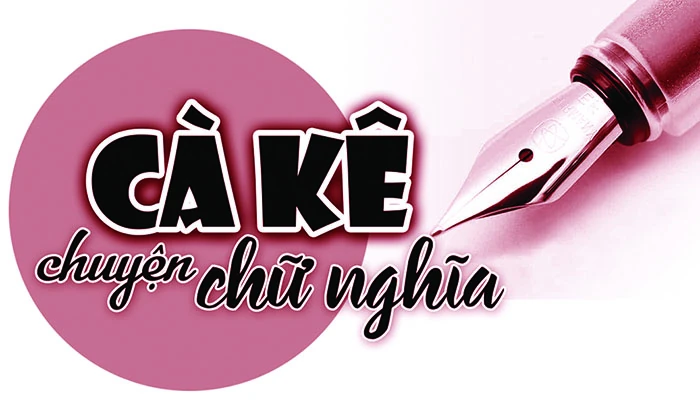
![[Photo] Prime Minister Pham Minh Chinh inspects and directs the work of overcoming the consequences of floods after the storm in Thai Nguyen](https://vphoto.vietnam.vn/thumb/1200x675/vietnam/resource/IMAGE/2025/10/08/1759930075451_dsc-9441-jpg.webp)




![[Photo] Prime Minister Pham Minh Chinh attends the World Congress of the International Federation of Freight Forwarders and Transport Associations - FIATA](https://vphoto.vietnam.vn/thumb/1200x675/vietnam/resource/IMAGE/2025/10/08/1759936077106_dsc-0434-jpg.webp)


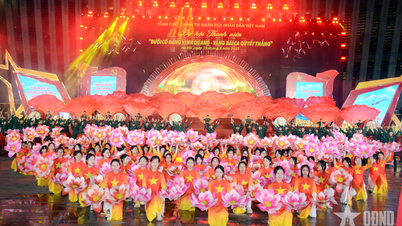



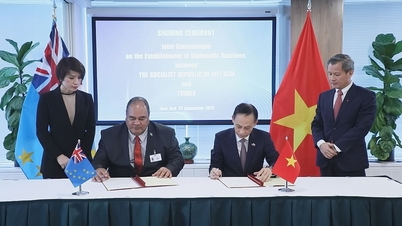

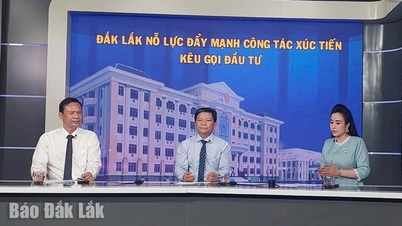

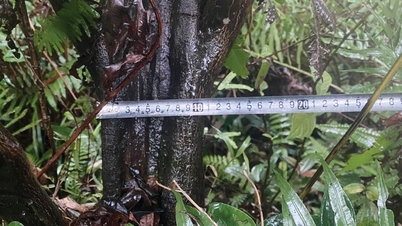


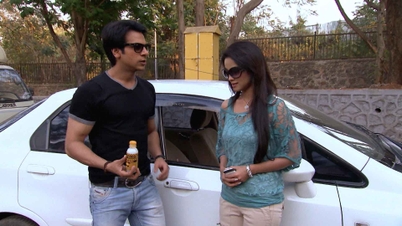
















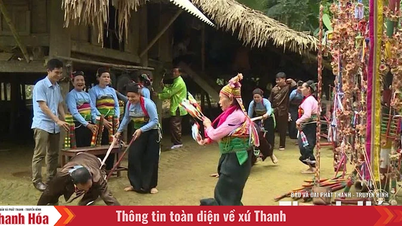

![[Photo] Closing of the 13th Conference of the 13th Party Central Committee](https://vphoto.vietnam.vn/thumb/1200x675/vietnam/resource/IMAGE/2025/10/08/1759893763535_ndo_br_a3-bnd-2504-jpg.webp)
































































Comment (0)